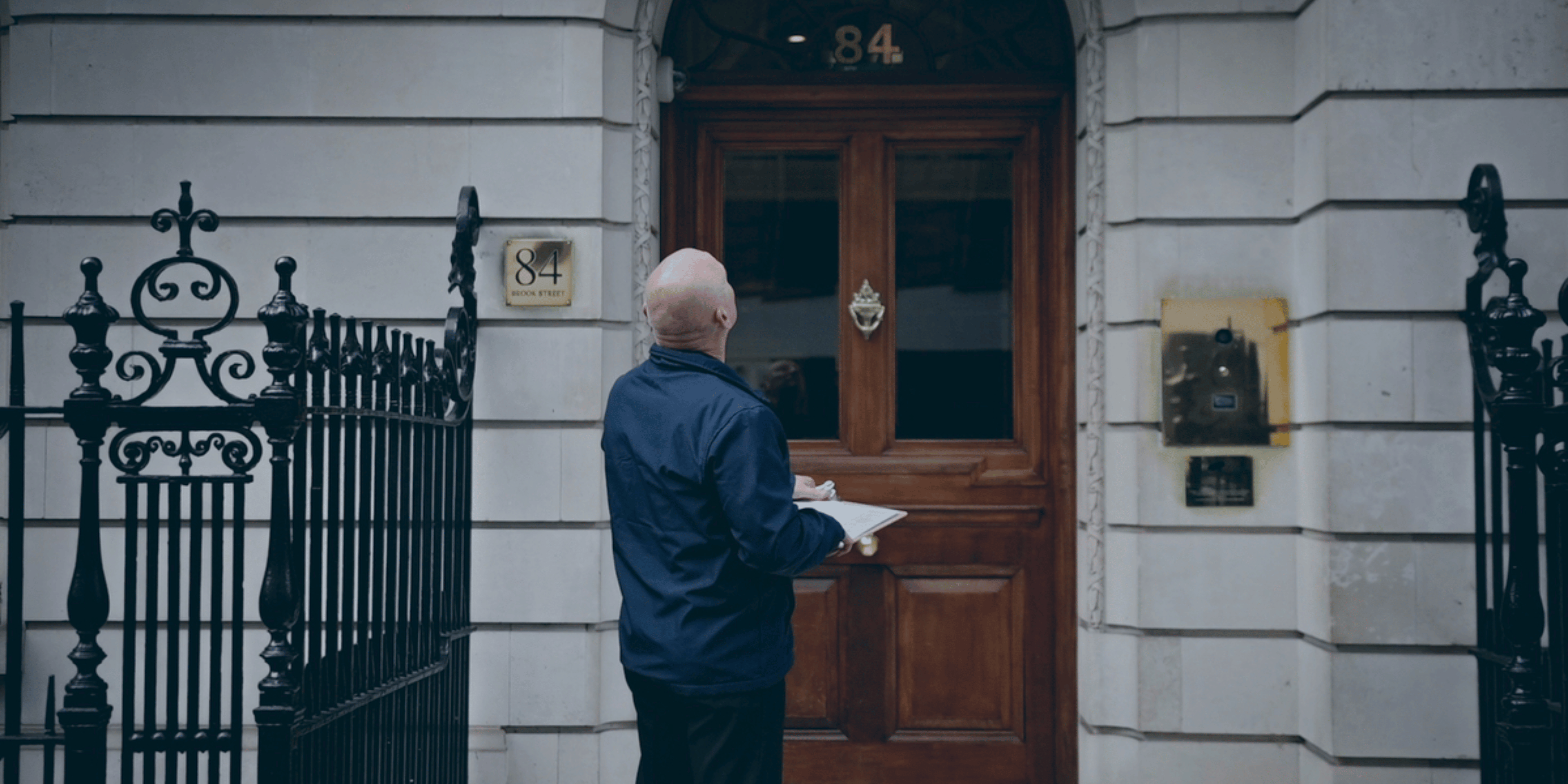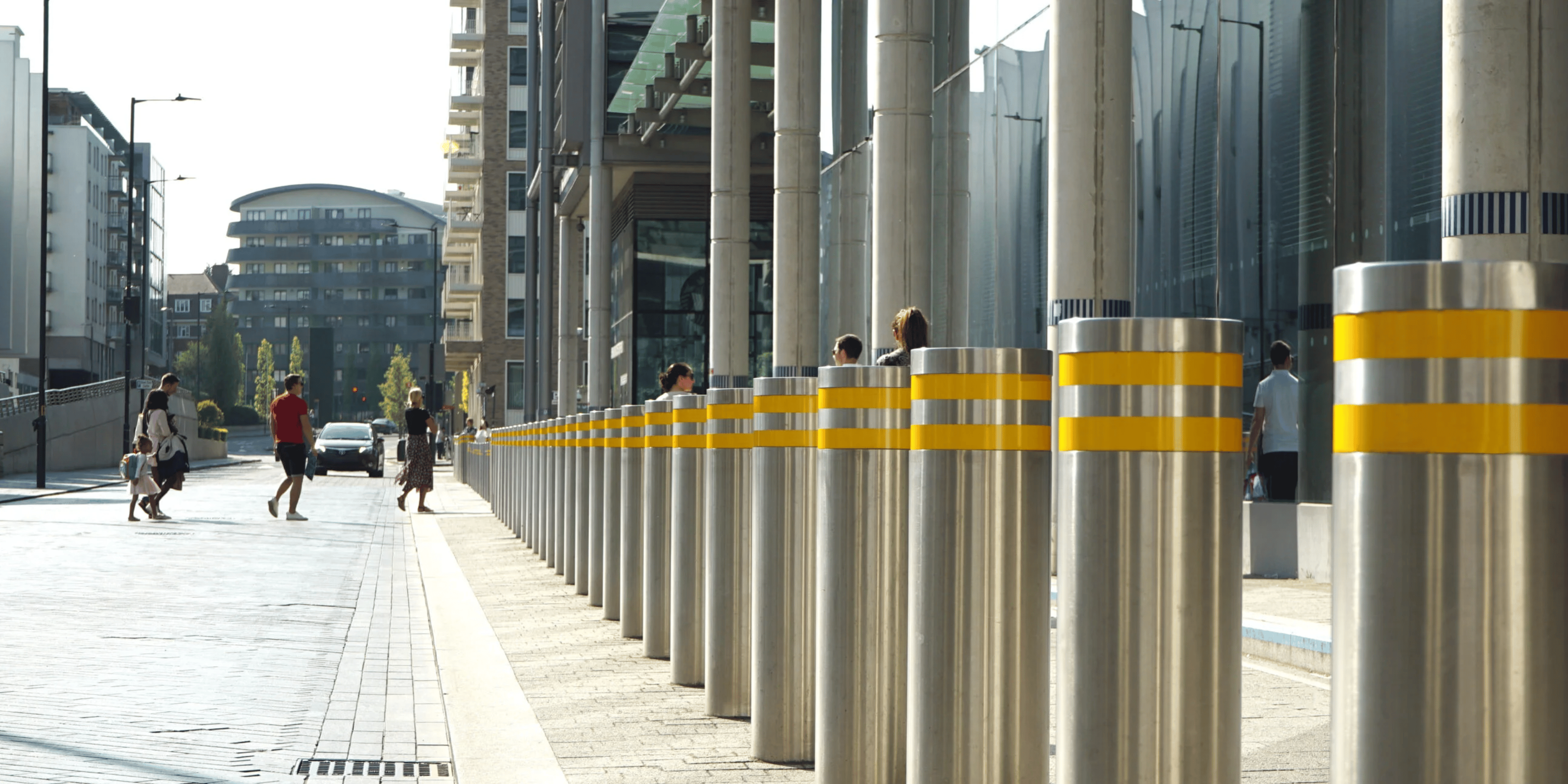
Master Vacant Property Security: Steps for Construction Managers
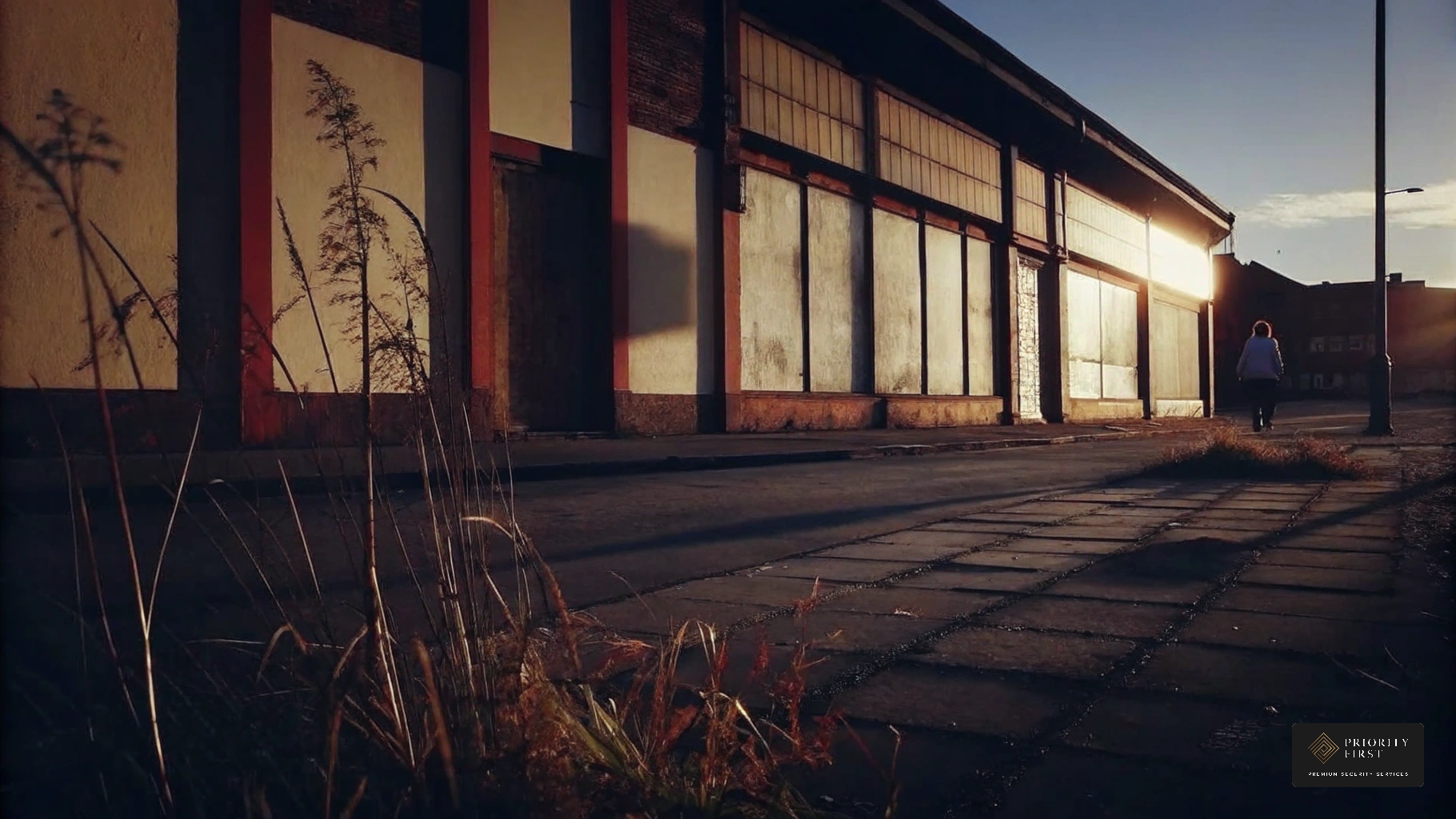
Overview
The article highlights the critical steps construction managers must undertake to safeguard vacant properties against risks such as vandalism, theft, and squatting. Effective security measures are essential; regular inspections, robust physical barriers, surveillance systems, and the integration of technology are vital to mitigate vulnerabilities and protect unoccupied sites from criminal activities.
The reality is that these risks can have significant implications for businesses, leading to financial losses and operational disruptions. Ignoring security measures not only jeopardises assets but can also tarnish a company's reputation.
In practise, Priority First offers a pragmatic solution grounded in evidence. With over £1.6bn in assets secured and rapid response times, the company provides a reliable approach to property security. The lesson is clear: early investment in security can prevent greater losses in the future, ensuring business continuity.
Ultimately, situating security within the broader context of business resilience is crucial. By prioritising effective security strategies, construction managers can safeguard their projects and contribute to the overall stability of their organisations.
Introduction
Empty buildings frequently serve as magnets for criminal activity, posing significant risks for construction managers responsible for safeguarding these properties. The reality is that understanding the vulnerabilities associated with vacant sites—ranging from vandalism and theft to squatting and fire hazards—can empower managers to implement effective security measures. Ignoring these risks can lead to dire financial, operational, and reputational consequences.
In practise, the challenge lies in navigating the myriad of security options available and determining the best strategies to protect these unoccupied spaces. What is the real cost of leaving a site unguarded? Construction theft costs UK businesses over £1m a week.
Therefore, what steps can construction managers take to ensure that their vacant properties remain secure and free from potential threats? The lesson is clear: early investment in security prevents greater losses later.
Understand the Risks of Vacant Properties
Empty buildings are frequently prime targets for criminal activities, which underscores the need for vacant property security to protect against vandalism, theft, and squatting. Understanding these risks is essential for construction managers to implement effective vacant property security measures. The reality is that key risks include:
- Vandalism: Unmonitored properties attract graffiti and other forms of damage, significantly decreasing property value and appeal. Vandalism represents a considerable part of the , with numerous owners confronting expensive repairs.
- Theft: Valuable materials and equipment, such as copper wiring and construction tools, are often stolen from vacant sites. In the UK, theft occurrences at construction sites have reached concerning levels, with over 11,000 reported cases each year, costing owners more than £100 million annually. The cost of stolen equipment now exceeds £1 billion annually in the UK, highlighting the severe financial implications of theft.
- Squatting: Unoccupied buildings may be illegally occupied, leading to legal complications and potential eviction challenges. The presence of squatters complicates real estate management and increases liability risks.
- Fire Hazards: Unoccupied buildings are at a higher risk of arson or accidental fires due to neglect. In 2022/23, over 7,200 fires occurred in non-domestic premises in the UK, many of which could have been prevented with proper fire safety measures.
- Liability Concerns: Owners may encounter legal consequences if someone is harmed on their premises, particularly if sufficient protective measures are not established.
To reduce these risks, construction managers should establish regular site inspection routines, at least monthly, to ensure vacant property security by detecting damage or signs of unauthorised entry. Furthermore, placing high-quality locks and surveillance systems at access points greatly enhances vacant property security at unoccupied locations. Priority First provides customised protection solutions, including manned guarding, CCTV monitoring, alarm response, patrols, and perimeter inspections, to enhance vacant property security for unoccupied buildings efficiently. By acknowledging these risks and applying these strategies, construction managers can prioritise protective measures that effectively tackle these vulnerabilities, ensuring the safety and integrity of their projects.
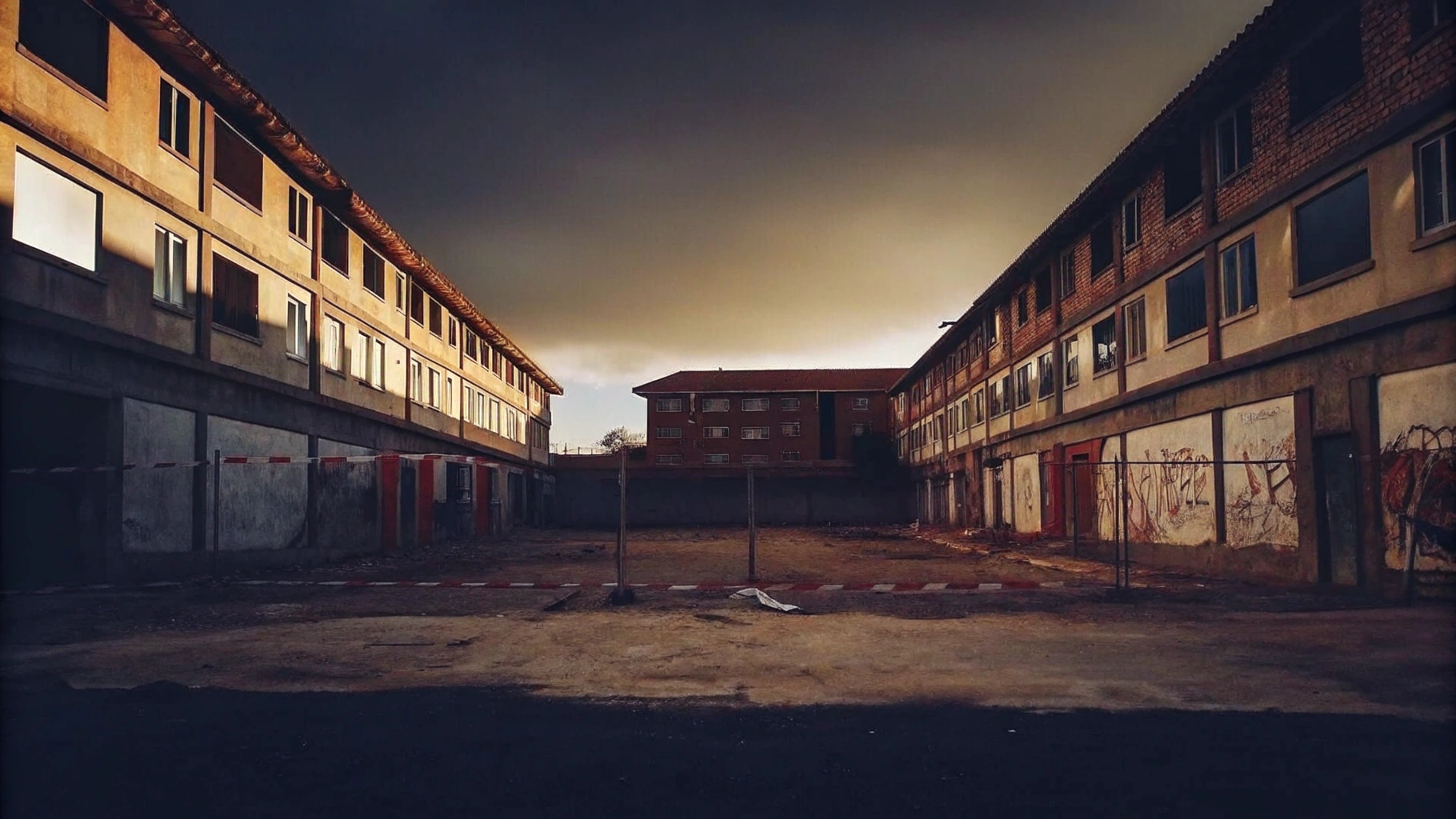
Identify Common Security Vulnerabilities
Common security vulnerabilities in vacant properties include:
- Weak Access Points: Unreinforced doors and windows are prime targets for intruders. Implementing robust locking mechanisms and surveillance systems, including manned guarding and alarm response services offered by Priority First, is essential for ensuring vacant property security. Reports indicate that weak access points significantly elevate the risk of unauthorised entry, leading to theft and damage to belongings.
- Poor Lighting: Inadequate illumination around the premises creates dark areas that can conceal intruders. Effective lighting not only enhances visibility but also serves as a deterrent against criminal activity, as criminals tend to operate in obscurity. First’s customised solutions include strategic lighting to improve safety.
The , including CCTV or monitoring systems, significantly compromises vacant property security and leaves properties vulnerable to undetected criminal activity. Locations equipped with live video monitoring, a proactive surveillance solution provided by First Choice, have reported a 94% decrease in incidents, underscoring the importance of such systems.
- Overgrown Landscaping: Neglected gardens can obscure unauthorised access points and provide cover for trespassers. Regular maintenance and landscaping can mitigate these risks by eliminating hiding spots for potential intruders. First emphasises the necessity of maintaining clear sightlines around properties.
- Neglected Maintenance: Deteriorating structures signal neglect, attracting criminal activity. Properties that show signs of neglect are more likely to be targeted, as they suggest a lack of supervision and protection. Routine upkeep is a crucial aspect of First's comprehensive protective strategy.
Furthermore, conducting a thorough threat evaluation is vital to assess an asset's risk level and identify vulnerabilities. This evaluation is integral to the services provided by Priority First, ensuring that protective measures are tailored to the unique requirements of each asset. Neglecting vacant property security for unoccupied buildings can lead to significant financial repercussions, including costs related to damage or legal issues arising from anti-social behaviour (ASB). By addressing these vulnerabilities, construction managers can develop targeted strategies to enhance safety, ensuring that vacant property security is in place for unoccupied buildings against potential threats.

Implement Effective Security Measures
To effectively secure vacant properties, construction managers must adopt a multifaceted approach that encompasses several critical measures:
- Physical Barriers: High-quality locks, steel doors, and security screens on windows are essential to deter unauthorised access. These barriers not only enhance security but also serve as a visible deterrent against potential intruders.
- Surveillance Systems: The integration of CCTV cameras with remote monitoring capabilities is crucial for maintaining constant oversight of the premises. Priority First’s CCTV monitoring service is essential for vacant property security, providing around-the-clock surveillance that allows for real-time detection of suspicious activity. Locations equipped with surveillance systems can deter up to 90% of potential crimes, emphasising the need for vacant property security in light of the roughly 700,000 unoccupied buildings in the UK and a 16% rise since 2019.
- Lighting: Installing motion-sensor lights around the perimeter eliminates dark areas that could hide intruders, further enhancing protection. Well-illuminated locations are less appealing targets for .
- Regular Inspections: Frequent building checks are vital for identifying and addressing any security breaches promptly. Routine checks can assist in identifying maintenance problems early, avoiding expensive repairs and ensuring the premises remain secure.
- Community Engagement: Establishing connexions with local law enforcement and neighbours promotes a community watch in the area. Engaged communities can act as an additional layer of security, reporting suspicious activities and enhancing overall vigilance. Businesses such as First Emphasis highlight the significance of prompt safeguarding for vacant property security, demonstrating a forward-thinking strategy for community involvement.
- Comprehensive Security Services: Priority First provides a variety of vacant property security solutions for unoccupied premises, including manned guarding, alarm response, and CCTV surveillance. Our team focuses on incorporating these services with existing protection systems, ensuring minimal disruption while improving your current setup.
These combined measures establish a robust protective framework that significantly reduces the risk of criminal activity, ensuring unoccupied buildings remain safeguarded against theft, vandalism, and other threats. The lesson is clear: early investment in security is crucial to prevent greater losses down the line.
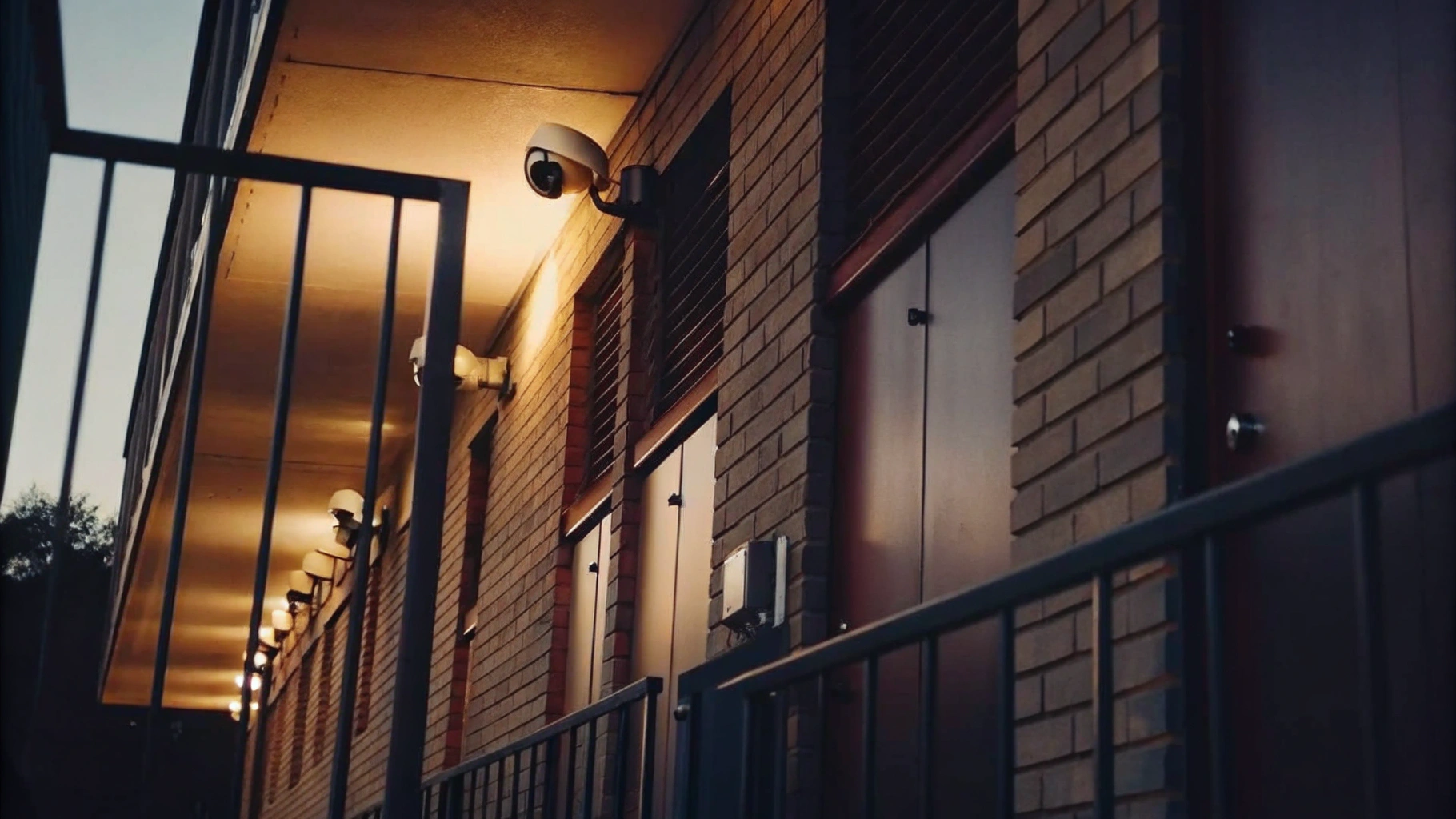
Leverage Technology and Professional Services
Incorporating technology and professional services can significantly enhance vacant property security. The reality is that AI-powered surveillance systems, equipped with automated threat detection and real-time alerts, can decrease crime rates related to real estate by up to 34%. These systems provide near-360° coverage, ensuring thorough monitoring. AI technology enhances the overall protection strategy by predicting and addressing threats in real-time.
Our company offers comprehensive 24/7 CCTV monitoring services, ensuring constant surveillance of your property. This not only prevents crime but also enables prompt reactions to any suspicious behaviour, significantly reducing incident occurrences. In practice, properties with live monitoring report 94% fewer incidents compared to those relying solely on passive surveillance. Live video monitoring is not merely an enhancement; it is the new benchmark in vacant property security.
Implementing electronic access control systems restricts entry to authorised individuals only, thereby strengthening protective measures and hindering unauthorised access. Additionally, predictive risk modelling utilises software that analyses historical data to anticipate potential vulnerabilities and threats, allowing for proactive protective adjustments.
Routine safety audits conducted by experts from Priority First can pinpoint vulnerabilities and suggest enhancements to improve overall protection. It is crucial to recognise that 60% of unoccupied structures face harm from unauthorised access or malicious actions, highlighting the necessity for strong protective measures.
By utilising these advanced technologies and services, construction managers can adopt a proactive and effective protection strategy for their unoccupied sites, safeguarding assets and ensuring adherence to safety regulations. Furthermore, Priority First’s AI CCTV Towers enhance operational advantages by providing 24/7 off-grid security solutions for vacant property security. The effectiveness of advanced monitoring solutions is evident, with a 94% drop in loitering and intrusion achieved with EyeQ voice-down deterrents.
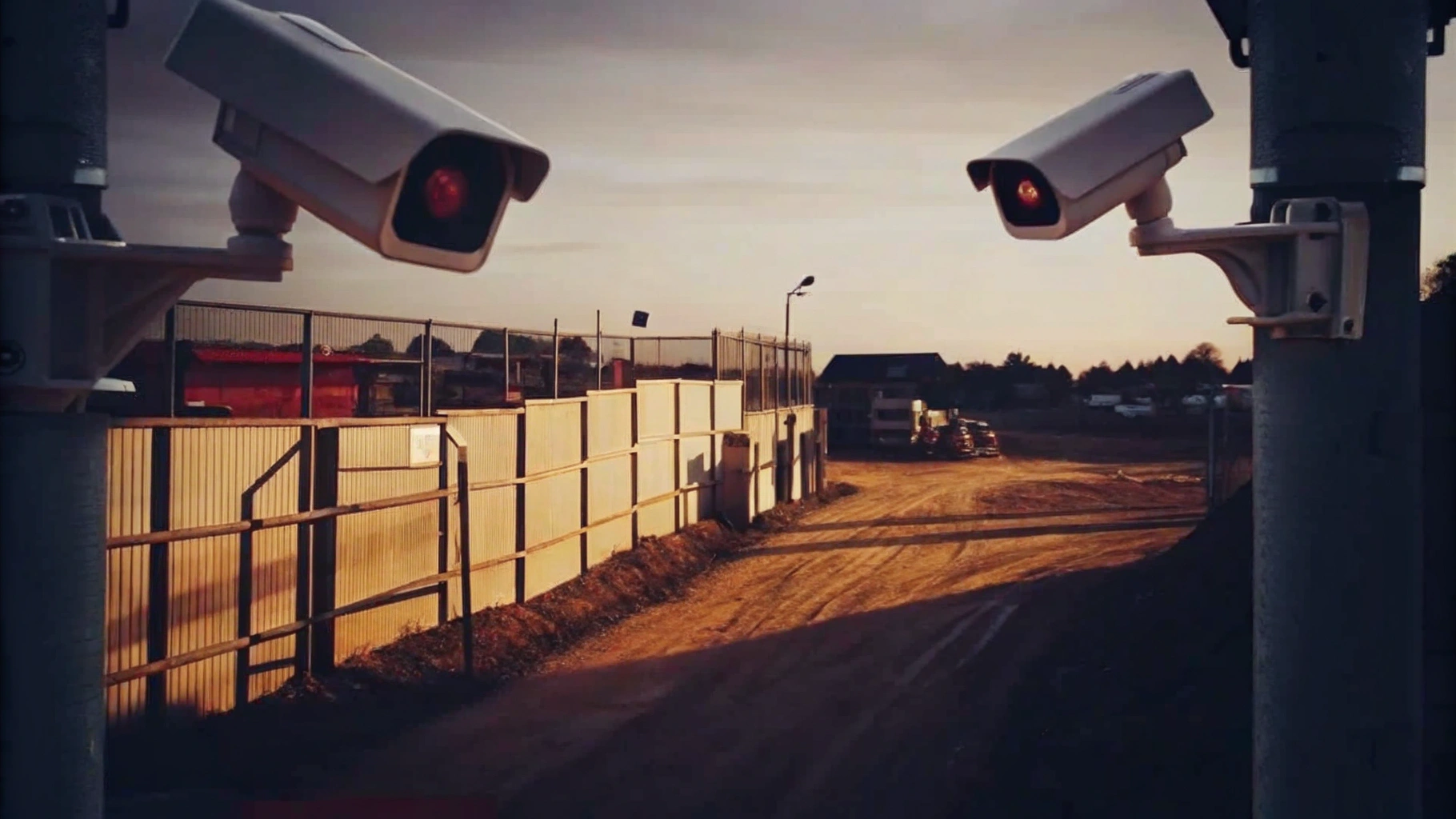
Conclusion
Vacant property security represents a significant challenge for construction managers, as unoccupied buildings frequently face risks such as vandalism, theft, squatting, and fire hazards. Understanding these threats and implementing effective security measures is essential for safeguarding properties and mitigating potential financial losses. The importance of prioritising security is clear; it not only affects the property's value but also the safety of the surrounding community.
Regular site inspections are crucial for identifying vulnerabilities, while physical barriers, surveillance systems, and adequate lighting act as deterrents against unauthorised access. Engaging with local law enforcement and utilising professional security services can enhance protective measures. Moreover, incorporating technology—such as AI-powered surveillance and electronic access control systems—strengthens the overall security framework, ensuring continuous monitoring and swift responses to any threats.
A proactive approach to securing vacant properties is vital, not only for asset protection but also for fostering a safer environment. Construction managers should adopt these best practises and leverage advanced technologies to stay ahead of potential risks. Investing in comprehensive security solutions will yield long-term benefits, such as reduced crime rates and increased property values, far outweighing the initial costs. This reinforces the essential role of effective vacant property security within the construction industry.
Frequently Asked Questions
What are the main risks associated with vacant properties?
The main risks include vandalism, theft, squatting, fire hazards, and liability concerns.
How does vandalism affect vacant properties?
Vandalism leads to graffiti and other damage, significantly decreasing property value and appeal, and can result in expensive repairs for owners.
What is the impact of theft on vacant construction sites?
Valuable materials and equipment, such as copper wiring and tools, are often stolen from vacant sites, costing owners over £100 million annually in the UK.
What are the statistics regarding theft at construction sites in the UK?
There have been over 11,000 reported theft occurrences at construction sites each year, with the total cost of stolen equipment exceeding £1 billion annually.
What legal issues can arise from squatting in vacant properties?
Squatting can lead to illegal occupation, resulting in legal complications and potential eviction challenges for property owners.
Why are vacant properties at a higher risk for fire hazards?
Unoccupied buildings are more susceptible to arson or accidental fires due to neglect, with over 7,200 fires reported in non-domestic premises in the UK in 2022/23.
What liability concerns do owners face with vacant properties?
Owners may face legal consequences if someone is harmed on their premises, especially if adequate protective measures are not established.
What measures can construction managers take to enhance vacant property security?
Construction managers should conduct regular site inspections, instal high-quality locks and surveillance systems, and consider customised protection solutions like manned guarding and CCTV monitoring.
What services does Priority First offer for vacant property security?
Priority First provides customised protection solutions, including manned guarding, CCTV monitoring, alarm response, patrols, and perimeter inspections to enhance security for unoccupied buildings.


